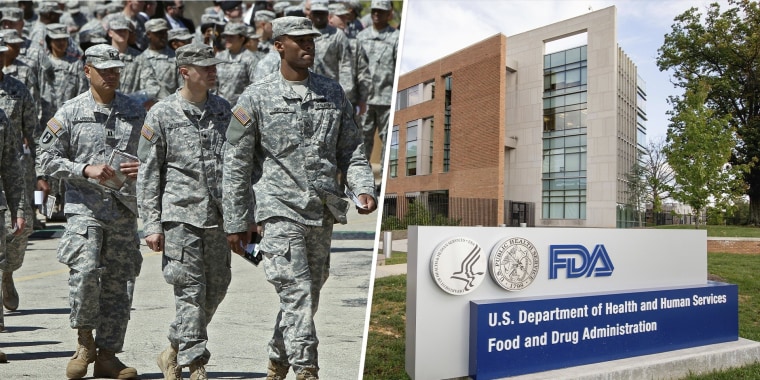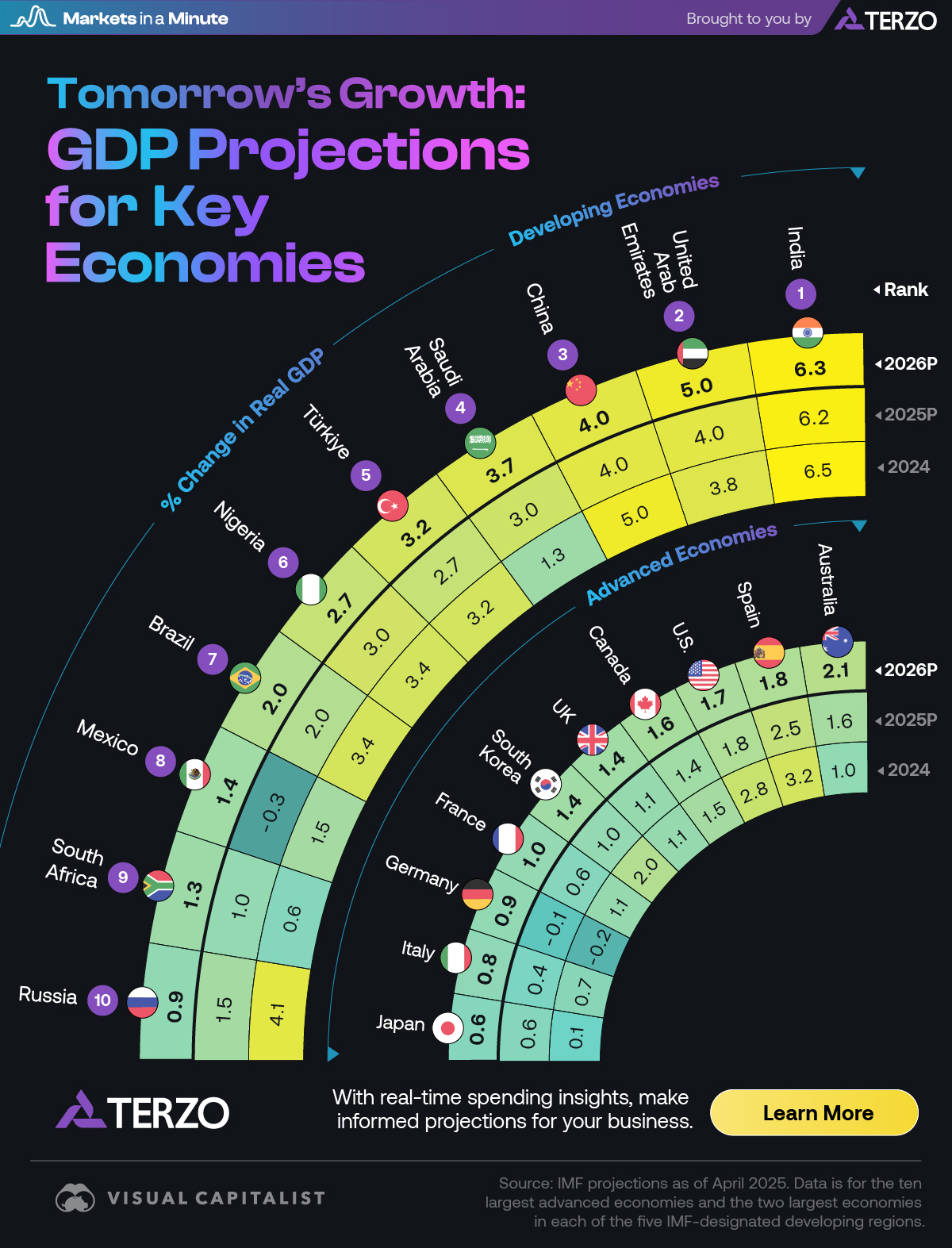Report on Minimum Wage Adjustments and Alignment with Sustainable Development Goals
Executive Summary
In July, a total of 15 states and municipalities across the United States implemented increases to their minimum wage, a policy action that directly supports the achievement of several United Nations Sustainable Development Goals (SDGs). These adjustments are projected to benefit over 880,000 workers, increasing their collective earnings by more than US$397 million. The initiatives reflect a growing trend of state and local governments taking action to create more equitable economic conditions, particularly in the absence of adjustments to the federal minimum wage since 2009.
Contribution to SDG 8: Decent Work and Economic Growth
The wage increases are a significant step toward ensuring decent work for all, a primary target of SDG 8. By raising the wage floor, these policies promote fair and productive employment. Key developments include:
- Fair Compensation: The fundamental increase in hourly wages in all 15 jurisdictions ensures workers receive remuneration that better reflects the cost of living, a core tenet of decent work.
- Protection of Labor Rights: The state of Alaska has mandated the provision of paid sick leave, allowing employees to earn one hour of paid time off for every 30 hours worked. This measure protects workers’ health and financial stability, reinforcing labor rights as outlined in SDG 8.
- Sustainable Economic Policy: Several jurisdictions, including Washington, D.C., and Oregon, have indexed their minimum wage to the Consumer Price Index. This mechanism ensures that wages will keep pace with inflation, providing long-term economic security for workers and contributing to sustainable, inclusive economic growth.
Impact on SDG 1 (No Poverty) and SDG 10 (Reduced Inequalities)
Raising the minimum wage is a direct policy intervention aimed at poverty alleviation (SDG 1) and the reduction of income inequality (SDG 10). By increasing the earnings of the lowest-paid workers, these measures help lift families above the poverty line and narrow the economic gap within communities. As of July 1, 30 states and Washington, D.C., have established minimum wages higher than the federal standard, demonstrating a widespread commitment at the sub-national level to address these critical SDGs. Furthermore, 67 localities have adopted wage floors that exceed their respective state minimums, further targeting inequality at a local level.
Fostering SDG 11: Sustainable Cities and Communities
Many of the wage increases occurred in major urban centers, directly contributing to the goals of SDG 11, which aims to make cities and human settlements inclusive, safe, resilient, and sustainable. By ensuring workers can earn a living wage, cities can combat urban poverty and enhance economic inclusivity. Municipalities taking this step include:
- Chicago, Los Angeles, and San Francisco
- Nine cities in California: Almeda, Berkeley, Emeryville, Fremont, Los Angeles, Milpitas, Pasadena, San Francisco, and Santa Monica
- Los Angeles County, California
- Montgomery County, Maryland
Detailed Breakdown of State-Level Adjustments
Three states implemented significant, statewide changes that advance these development goals:
- Alaska: The minimum wage was raised to $13.00 per hour. A plan is in place for future increases to $14 in 2026 and $15 in 2027, with annual cost-of-living adjustments commencing in 2028. The state also introduced a comprehensive paid sick leave policy.
- Oregon: The standard minimum wage rose to $15.05. The state maintains a tiered system to account for regional economic differences: the Portland metropolitan rate increased to $16.30, while the rate for nonurban counties rose to $14.05. All rates are adjusted annually for inflation.
- Washington, D.C.: The minimum wage increased to $17.95 per hour and is indexed to the cost of living, ensuring its value is maintained over time and supporting the long-term economic resilience of its workforce.
1. Which SDGs are addressed or connected to the issues highlighted in the article?
SDG 1: No Poverty
- The article discusses minimum wage increases, which directly aim to boost the income of the lowest-paid workers. By increasing earnings, these policies help prevent workers from falling into poverty and can lift them above the poverty line. The article states that the wage increases will collectively raise worker earnings by “more than US$397 million,” directly contributing to poverty reduction.
SDG 8: Decent Work and Economic Growth
- This goal is central to the article’s theme. Minimum wage is a fundamental component of “decent work,” ensuring a basic, fair level of compensation for labor. The article details how various states and cities are implementing policies to ensure higher wage floors. Furthermore, the mention of Alaska providing “one hour of paid sick time for every 30 hours worked” directly relates to promoting fair and safe working conditions, another key aspect of decent work.
SDG 10: Reduced Inequalities
- Raising the minimum wage is a direct policy tool to reduce income inequality. It specifically targets the lowest end of the wage spectrum, narrowing the gap between the lowest and highest earners. The article highlights that “30 states and Washington, D.C., have a minimum wage higher than the federal minimum wage,” demonstrating widespread policy action at the sub-national level to address wage inequality.
2. What specific targets under those SDGs can be identified based on the article’s content?
SDG 1: No Poverty
- Target 1.2: By 2030, reduce at least by half the proportion of men, women and children of all ages living in poverty in all its dimensions according to national definitions.
- The article’s focus on increasing the earnings of over 880,000 workers is a direct mechanism to reduce the number of people living in or near poverty, aligning with this target.
SDG 8: Decent Work and Economic Growth
- Target 8.5: By 2030, achieve full and productive employment and decent work for all women and men, including for young people and persons with disabilities, and equal pay for work of equal value.
- The establishment and increase of a minimum wage floor, as detailed for multiple states and cities (e.g., Alaska, Oregon, D.C.), is a core policy for achieving “decent work” and ensuring a minimum level of pay.
SDG 10: Reduced Inequalities
- Target 10.4: Adopt policies, especially fiscal, wage and social protection policies, and progressively achieve greater equality.
- The article exclusively discusses the adoption of “wage policies” (minimum wage increases) at the state and city level. These actions, such as Oregon raising its wage to “$15.05” and Washington, D.C. to “$17.95,” are perfect examples of the policies called for in this target to achieve greater income equality.
3. Are there any indicators mentioned or implied in the article that can be used to measure progress towards the identified targets?
Indicators for SDG 1, 8, and 10
- Minimum Wage Rate: The article provides specific monetary values for minimum wages, which serve as a direct indicator of the wage floor.
- Examples: Alaska’s wage increasing to “$13 per hour,” Oregon’s to “$15.05,” and Washington, D.C.’s to “$17.95.”
- Number of Beneficiaries: The article quantifies the impact of these policies by stating the number of workers affected.
- Example: The increases “will benefit more than 880,000 workers.”
- Total Increase in Earnings: This indicator measures the direct financial impact on the target population.
- Example: “collectively raising their earnings by more than US$397 million.”
- Wage Adjustment Mechanism: The article implies an indicator for the sustainability of these wage policies by mentioning how they are updated.
- Examples: In Alaska, the wage “will be adjusted by the annual cost of living” starting in 2028. Oregon’s rate is “adjusted annually based on the Consumer Price Index,” and the D.C. wage is “indexed to reflect the cost of living.”
- Access to Social Protection: The article provides a specific, measurable indicator related to social protection benefits for workers.
- Example: In Alaska, “employees will earn one hour of paid sick time for every 30 hours worked.”
4. Table of SDGs, Targets, and Indicators
| SDGs | Targets | Indicators |
|---|---|---|
| SDG 1: No Poverty | Target 1.2: Reduce at least by half the proportion of people living in poverty according to national definitions. |
|
| SDG 8: Decent Work and Economic Growth | Target 8.5: Achieve full and productive employment and decent work for all. |
|
| SDG 10: Reduced Inequalities | Target 10.4: Adopt policies, especially fiscal, wage and social protection policies, and progressively achieve greater equality. |
|
Source: cmmonline.com







